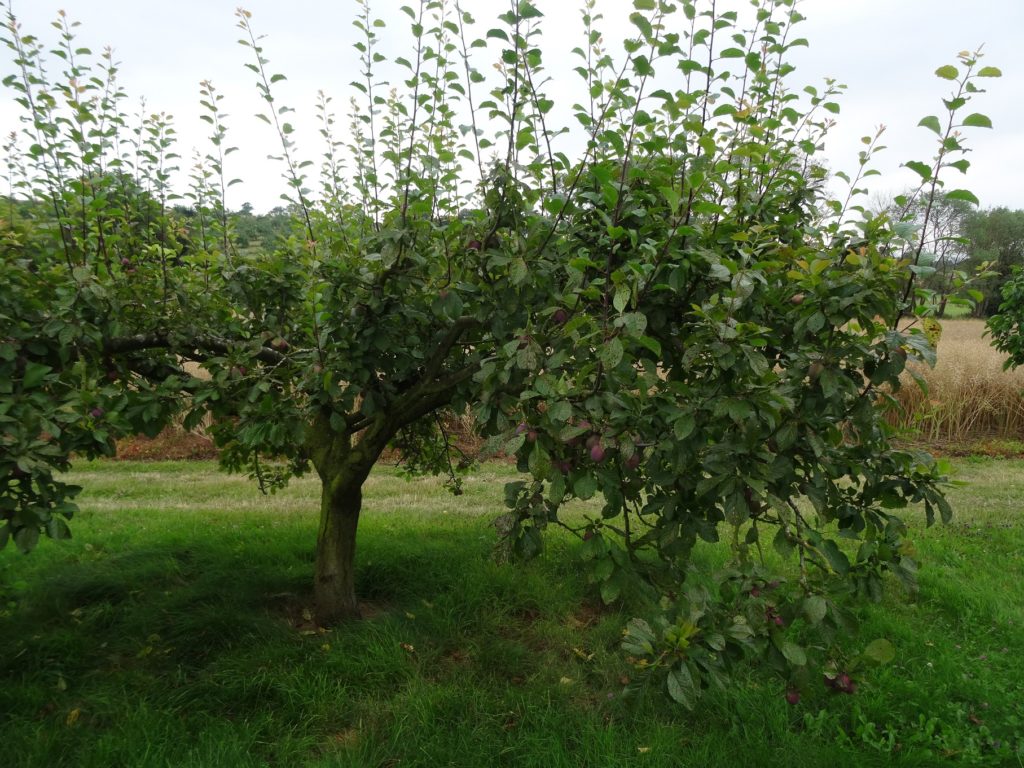
Remove and clear the clutter within the tree. When pruning apples look for a central leader, and prune to make sure there are no competing branches. These have survived with rainwater and no regular pruning. For more information read our guide to tools for pruning, and if you’re looking to update your kit, our experts have been busy testing the best pruning saws, the best secateurs and the best anvil loppers, so you can buy with confidence. It has 25 trees including varieties of apples, pears and plums. Whether it’s a pair of long-handled loppers, pruning saw or secateurs, using the right tool is essential for this task. Heavy pruning can also affect cropping, as fruits are produced on one- or two-year-old shoots. If your plum tree is unproductive or is only producing fruit every two years (known as biennial bearing), the cause may be lack of moisture at the roots, or a late frost affecting the flowers in spring.


Each pruning cut will result in several thin shoots growing – these will need to be thinned the following summer. When the tree is well-grown, pruning consists mainly of moderate thinning and heading cuts back to outward-growing laterals to keep the tree low and spreading. When the tree is bearing fruit, it is important to thin the fruits to prevent the tree from over-bearing. If you want to renovate an old, neglected plum tree, do it gradually, over several years. General care and maintenance Plums should be pruned annually, including the year of planting and are best trained to an open center. Also pull up any suckers that are growing from the base, and grub out any buds growing on the trunk.

P rune the branches by about a third, then prune away shoots growing into the centre of the tree, plus any that are dead, damaged or crossing. Prune to create an open, wine glass shape. Again, the aim is to keep the tree a manageable size and shape, while allowing the fruit to ripen. Established plum trees that are more than three years old can be pruned in summer, from mid-June onwards.


 0 kommentar(er)
0 kommentar(er)
